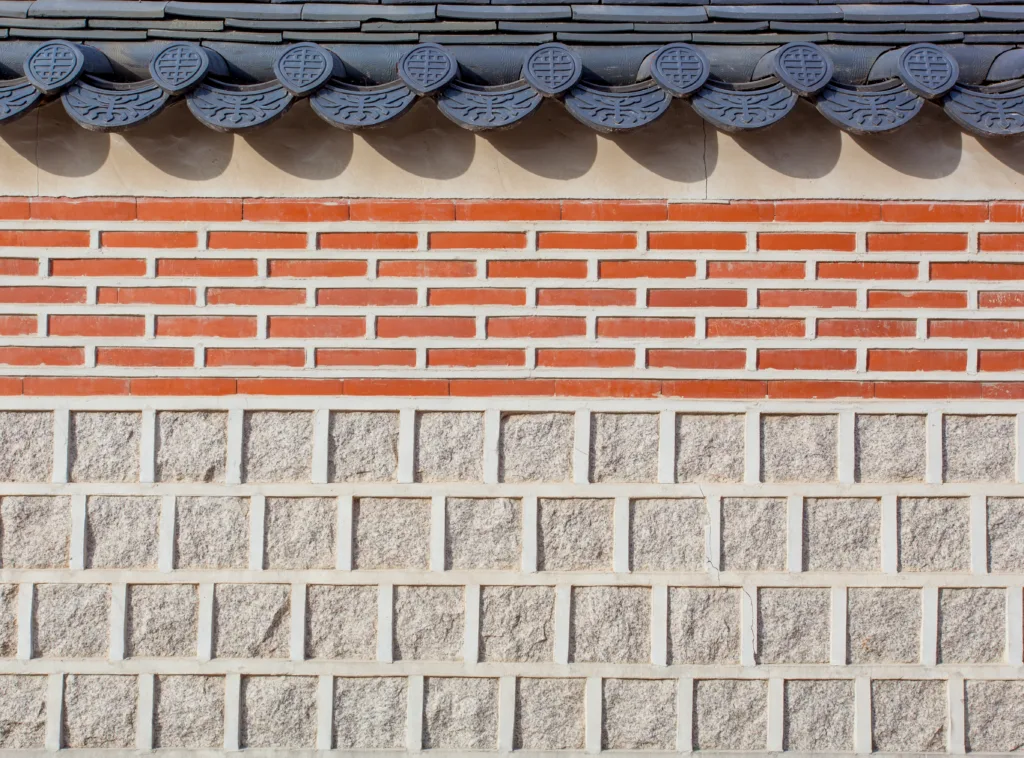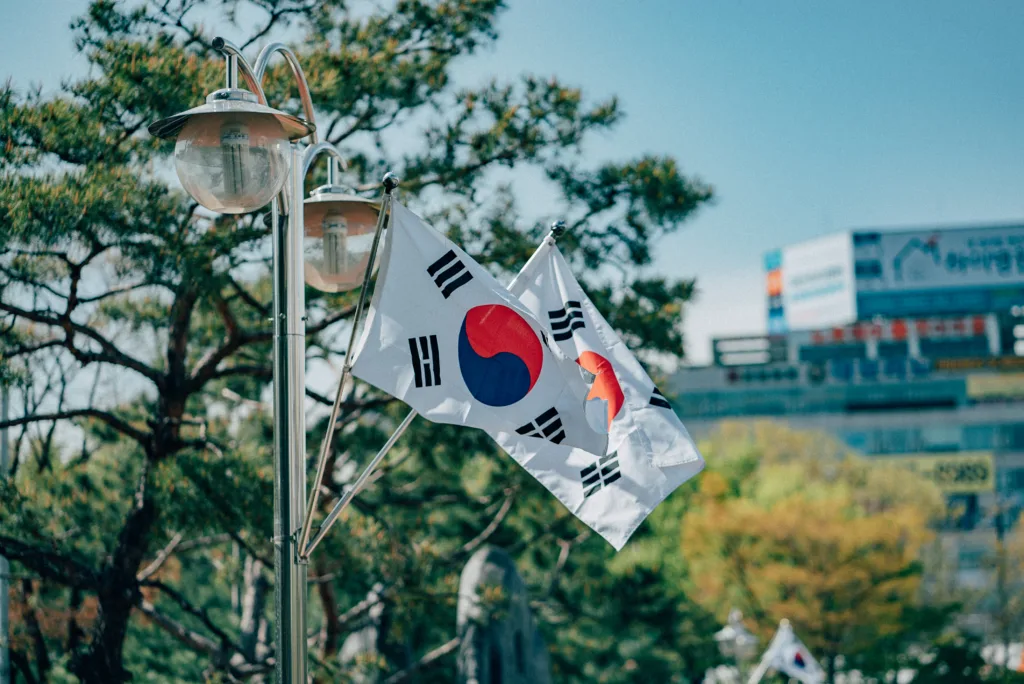In the Korean culture, expressing gratitude is an important aspect of social interaction. If you plan on traveling to Korea or interacting with Koreans, it is crucial to know how to say “thank you” in Korean. The most common way to say “thank you” in Korean is 감사합니다 (gamsahamnida). In this blog post, we will take a closer look at the meaning and usage of this expression.
Gamsahamnida is a formal expression used to express gratitude or appreciation. It is similar to saying “thank you very much” in English. The word 감사 (gamsa) means “gratitude” or “thanks,” and the suffix -합니다 (-hamnida) is a polite honorific ending used to show respect to the listener.
Gamsahamnida is a formal expression that is used in formal situations, such as business meetings, interviews, or speeches. It is also used in everyday situations when you want to show respect or gratitude to somone who is older or of higher status than you. For example, you can use gamsahamnida when someone helps you or gives you a gift.
When saying gamsahamnida, it is important to use the correct tone of voice. Koreans place a lot of emphasis on tone and body language when communicating. When saying gamsahamnida, you should use a polite and respectful tone of voice, and bow slightly to show respect.
There are several other ways to express gratitude in Korean, depending on the situation and the level of formality. Here are some examples:
– 고맙습니다 (gomapseumnida) – This is a more casual and informal way of saying “thank you.” It is often used in everyday situations with friends or colleagues.
– 정말 감사합니다 (jeongmal gamsahamnida) – This expression means “thank you very much” and is used in formal situations to show extra gratitude or appreciation.
– 고마워 (gomawo) – This is a shortened and more casual form of gomapseumnida, used among friends or family members.
Gamsahamnida is a formal expression used to express gratitude or appreciation in Korean. It is an important part of Korean culture and is used in various formal situations. Remember to use the correct tone of voice and body language to show respect and gratitude. Knowing how to express gratitude in Korean will help you connect with locals and make a good impression.
Formal Nature of Gamsahamnida
Gamsahamnida is considered a formal expression of gratitude in the Korean language. It is commonly used in formal situations, such as business meetings, speeches, or presentations, where the speaker wants to show respect and politeness towards the audience. In informal settings, people usually use other expressions like 고마워 (gomawo) or 감사해 (gamsahae), which are more casual and friendly. Therefore, if you want to show respect and formality, Gamsahamnida is the appropriate expression to use.

Korean Response to Thanks
In Korean culture, expressing gratitude is a common courtesy and it is important to know how to respond appropriately to someone who thanks you. The most common response to “thank you” in Korean is “아니에요” (anieyo), which can be translated as “it’s nothing” or “don’t mention it.” This phrase is considered to be polite and is often used in formal situations such as in business or with elders.
It is important to note that the tone of voice used when saying “아니에요” is crucial as it conveys the sincerity of the response. The speaker should aim for a humble and gracious tone to show that they are genuinely happy to have helped.
In addition to “아니에요,” there are other ways to respond to “thank you” in Korean. For example, “천만에요” (cheonmaneyo) is another polite response that can be used to express that helping was not a problem at all. “고맙다” (gomawda) is also a common way to say “thank you” in Korean, but it is not used as a response to someone who is thanking you.
To summarize, “아니에요” is the most common response to “thank you” in Korean and it is important to use a humble and gracious tone when saying it. Other responses such as “천만에요” or “고맙다” can also be used in diferent situations.
Thanking BTS in Korean
BTS, a popular K-pop group, frequently uses the phrase “감사합니다” (gam-sa-ham-ni-da) to express their gratitude in Korean. This phrase is the most common way to say “thank you” in the Korean language and is used in various settings such as formal, informal, and casual situations. The word “감사” (gam-sa) means “gratitude” or “thanks,” and “합니다” (ham-ni-da) is a formal ending, similar to “I apprecite it” or “I am grateful.”
It is noteworthy that the Korean language has different levels of formality and politeness, and the way of saying “thank you” can vary depending on the context. However, “감사합니다” (gam-sa-ham-ni-da) is a widely accepted expression that can be used in most situations. By using this phrase, BTS members show their respect and appreciation to their fans, as well as to the people they work with.
BTS says “감사합니다” (gam-sa-ham-ni-da) to express their gratitude in Korean, which is the most common way of saying “thank you” in the language. This phrase is used in various settings and reflects the respect and appreciation that BTS members have for their fans and colleagues.
Greeting Respectfully in Korean
In Korean culture, showing respect is highly valued, and this is reflected in the way people greet each other. The most common way to greet someoe respectfully in Korean is by saying “안녕하세요 [an nyeong ha seyo]?” while slightly bowing the head. This greeting is used interchangeably to mean “Hi, hello, good morning/afternoon/evening”.
It is important to note that the level of respect shown in a greeting can be adjusted based on the age, social status, or relationship with the person. For example, if you are greeting someone who is significantly older than you or holds a higher social status, you can add a title such as “선생님 [seon saeng nim]” (teacher), “아버님 [a beo nim]” (father), or “어머님 [eo meo nim]” (mother) after the greeting.
If you are greeting a friend or someone younger than you, a more casual greeting such as “안녕?” can be used.
In addition to the verbal greeting, it is also common to bow slightly as a sign of respect. The depth of the bow can vary depending on the level of respect and the situation. A shallow bow may be appropriate for a casual greeting, while a deeper bow is more appropriate for a formal or respectful greeting.
The most respectful way to greet someone in Korean is to say “안녕하세요” while slightly bowing the head. Adjusting the level of respect based on the person’s age, social status, or relationship is also important. Bowing is also a common sign of respect in Korean culture.
What Is the Meaning of ‘Annyeong’?
Annyeong reply is a commonly used Korean phrase that is used as a response to the greeting “Annyeong haseyo”. The phrase “Annyeong” is a shortened version of “Annyeonghaseyo”, which means “hello” or “goodbye” in Korean. Therefore, when someone says “Annyeong haseyo” to you, you can respond with “Annyeong” as a simple and informal way of saing “hello” or “goodbye”. It’s important to note that “Annyeong” is considered to be more casual than “Annyeong haseyo”, so it’s typically used in more informal situations or with people you know well. Annyeong reply is a common and friendly way to greet someone in Korean.

What Does ‘Kam Sa Mi Da’ Mean in Korean?
“Kam Sa Mi Da” is a commonly used expression in the Korean language that is used to express gratitude or thankfulness. It is often used in formal settings, such as in business or when addressing elders, and is accompanied by a bow and handshake as a sign of respect. The phrase can be translated to “Thank you” in English and is an important expression to learn for those traveling to Korea or engaging in business with Korean individuals. It is recommended to use this phrase exactly as its English equivalent to show appreciation and respect in Korean culture.”
Saying Goodnight in Korean
In the Korean language, there are a few different ways to say “goodnight.” The most common and standard way to say goodnight in Korean is “잘 자요” (jal jayo), whih literally translates to “sleep well.” This phrase can be used in both formal and informal settings, making it a versatile option for saying goodnight to anyone.
Another way to say goodnight in Korean is “좋은 꿈 꿔요” (jo-eun kkum kkwoyo), which means “have good dreams.” This phrase is often used as a more poetic or sentimental way of saying goodnight, and can be used in both formal and informal settings as well.
For a more formal way of saying goodnight, you can use “안녕히 주무세요” (annyeonghi jumuseyo), which translates to “sleep well.” This phrase is typically used when saying goodnight to someone who is older or in a higher position of authority than you.
If you want to wish someone a peaceful night, you can use “편안한 밤 되세요” (pyeonanhan bam doeseyo), which means “have a peaceful night.” This phrase can be used in both formal and informal settings, and is a nice way to say goodnight to someone you care about.
If you’re looking for a more casual way to say goodnight in Korean, you can simply say “잘 자” (jal ja) or “좋은 꿈 꿔” (jo-eun kkum kkwo), which are shortened versions of the standard and poetic phrases, respectively. These phrases are best used when saying goodnight to friends or family members.
There are several ways to say goodnight in Korean, ranging from standard and formal to more casual and poetic. The most common way to say goodnight is “잘 자요” (jal jayo), which can be used in any setting.
Responding to ‘Yes’ in Korean
In Korean language, there are two common ways to respond to the equivalent of “yes”. The first option is “예 [ye]” and the second option is “네 [ne]”. The former option, “예 [ye]”, is considered more polite and formal than the latter option, “네 [ne]”. Both options, however, are used interchangeably and are considered appropriate responses to affirmative questions or statements. It is important to note that the context and the relationship betwen the speaker and the listener may dictate which option is more appropriate to use. in Korean language, responding to “yes” is simple and straightforward, with a choice between two common options.
Conclusion
As a learner of the Korean language, it is important to understand the cultural nuances of expressing gratitude. One of the most common ways to say “thank you” in Korean is 감사합니다 (gamsahamnida), which is a formal expression used in various settings such as business meetings, formal events, and even in everyday life.
To express gratitude more emphatically, the word 대단히 (daedanhi) can be added before 감사합니다 (gamsahamnida) to say “thank you very much.” It is important to note that tone and context play a significant role in how the expression of gratitude is perceived in Korean culture.
As for responding to “thank you,” the most common expression used in Korean is 아니에요 (anieyo), which can be translated to “it’s nothing” or “don’t mention it.” This expression is used to convey a sense of humility and modesty, emphasizing that the action taken was not a big deal.
Expressing gratitude is an important aspect of Korean culture, and learning how to say “thank you” in Korean is a valuable tool for anyone who wishes to communicate effectively with Korean speakers. By using the apropriate expressions and tone, learners can show respect and appreciation in a culturally appropriate manner. So, 감사합니다 (gamsahamnida) for reading this article and taking the time to learn more about Korean culture!
